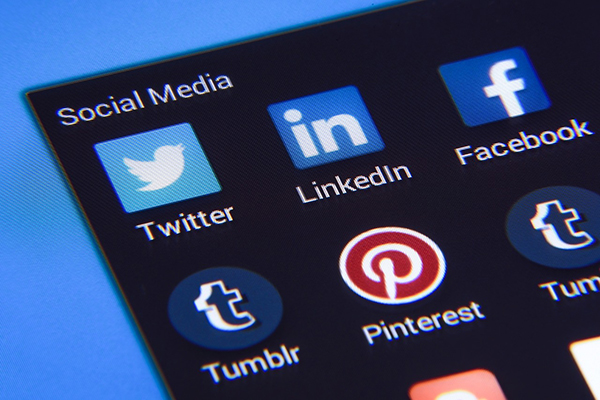Technology has advanced rapidly since the advent of the internet. New platforms, such as Twitter, have become a huge disrupter to the traditional consumer shopping experience. How companies adapt to this new age of communication is reflective of their brand image, especially among an increasingly more interconnected population.
The World is Watching
The combination of the internet and the smartphone has given an unprecedented voice to the frustrated consumer, which puts pressure on companies to deliver a high-quality customer experience at all times. Most recently, United Airlines experienced social media shaming when one of its airline crews mishandled an overbooked flight scenario on April 9, 2017. The shocked passengers captured video of a man being forcefully dragged off the plane after refusing to relinquish his seat. The story spread virally within hours, thrusting the brand into a public relations crisis as angry tweets, posts, and memes were shared on various social media platforms.
Meeting Higher Expectations
Competition in today’s market place is fierce and the consumer wants to do business with brands that provide an elite customer experience. In the age of instant gratification, consumers do not want to spend hours on hold in a call center queue listening to elevator music as they get shuffled from department to department. They want a timely, streamlined process that resolves their request in a satisfactory manner. If a customer feels a brand has provided inferior service, they can and often do verbalize it, thereby dissuading others from using that company. This is not necessarily a new phenomenon, but social media gives the individual consumer a much larger influence than in the past.
How to Approach Social Media
Monitoring social media activity offers great insight into what the public thinks about a brand, product, or service. How a company responds to that knowledge could be the difference between losing a lifelong customer and winning a raving fan. Customers want true interaction. Forwarding them to a website or a call center is simply not enough. Today’s consumer wants more. However, if a customer is serviced properly, there is no greater compliment than a social network share advocating how great the service was.
Ultimately, today is an exciting time to be a consumer. Technology has revolutionized how commerce is transacted and the speed at which information is available to the public. Transparency, accountability, and competition have been and continue to be to the benefit of the customer.




